
Do you have a question about the Honeywell VISTA-128BP and is the answer not in the manual?
| Control Panel Type | Hardwired |
|---|---|
| Maximum Zones | 128 |
| Partitions | 8 |
| User Codes | 150 |
| Maximum Keypads | 16 |
| Event Log | 1000 events |
| Battery Backup | 7Ah |
Describes the four arming modes (STAY, AWAY, INSTANT, MAXIMUM) and bypass feature.
Explains the purpose of different keys (OFF, AWAY, STAY, MAX, TEST, BYPASS, INSTANT, CODE, CHIME, READY, #, *).
Detailed explanation for keys 1 (OFF) through 8 (CODE).
Explains keys 9 (CHIME), * (READY), #, and system indicators (LEDs, Speaker).
Introduces security codes, authority levels, and user numbers.
Details the six authority levels (Master, Manager, Operator A/B, Operator C, Duress).
Step-by-step guide for adding new users, including prompts for authority, bypass, etc.
Details prompts for multi-access, global arming, and user data transmission.
Instructions for modifying an existing user's security code.
Procedure for removing a user and their associated data from the system.
How to arm or disarm multiple partitions simultaneously using the Global Arming option.
Explains accessing and controlling multiple partitions across linked panels.
Describes viewing and controlling multiple panels and their partitions simultaneously.
How to use the READY key to identify open zones before arming.
Instructions for individually bypassing specific protection zones.
How to bypass all open zones simultaneously without individual entry.
Explains the STAY arming mode for when occupants are home but expect limited movement.
Explains the INSTANT arming mode, similar to STAY but without entry delay.
Explains the AWAY arming mode for when the premises is vacant.
Explains the MAXIMUM arming mode for extended vacant periods, with no entry delay.
Instructions for disarming the system and silencing alarms/trouble sounds.
Explains how to use key combinations to manually activate emergency functions.
Step-by-step guide to programming Speed Key sequences.
How to put the system into Test mode to check protection points.
Detailed steps for testing individual system components like doors, windows, and detectors.
Actions to take if a fire is detected or suspected.
Explains common trouble messages like CHECK, TRBL, and their meanings.
What to do if the POWER indicator is off or AC LOSS message is displayed.
Steps for establishing and practicing an emergency fire escape plan.
Summarizes key functions like checking zones, arming, disarming, and bypassing.
Quick guide for managing user codes and authority levels.
Details what sounds, causes, and displays correspond to system events.
Discusses potential compromises, detector limitations, and system failures.

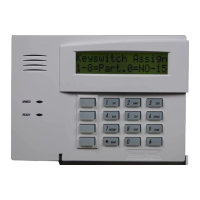
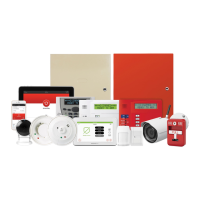
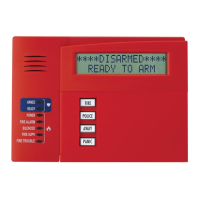
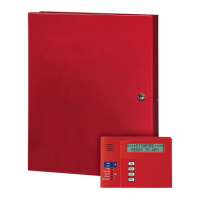

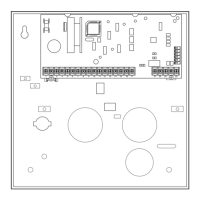



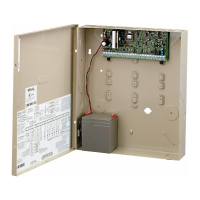
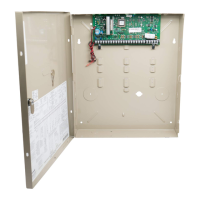
